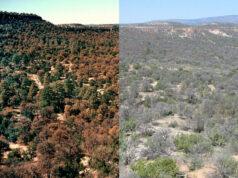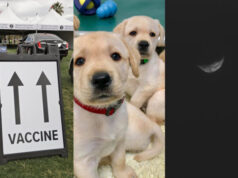This unintentional design, in effect, eliminated the problem of “recall bias” (where accuracy of memory may influence the outcome of most studies conducted in post-disaster settings).
Following the earthquake, which had an epicenter about 80 kilometers east of the study area in the city of Iwanuma, and tsunami, some survivors were relocated in groups to temporary public trailer housing, or moved on their own. The researchers surveyed survivors about their individual social behaviors (such as informal socializing with neighbors) as well as perceptions about their communities.
Find your dream job in the space industry. Check our Space Job Board »
Nearly three years after the disaster, respondents who relocated with the whole community showed increases in informal socializing and social participation, including frequency of meeting with friends and participating in sports and hobby clubs. On the other hand, individual relocation was associated with decreased social cohesion and less informal socializing and social participation.
Taken together, the results offer insight into how disasters impact socialization, and may contribute to improved disaster resilience.
Story Source: Materials provided by University of Chicago Original written by Whitney Clavin.Note: Content may be edited for style and length.
Journal Reference:
Journal Reference:
Hiroyuki Hikichi, Yasuyuki Sawada, Toru Tsuboya, Jun Aida, Katsunori Kondo, Shihoko Koyama, Ichiro Kawachi.Residential relocation and change in social capital: A natural experiment from the 2011 Great East Japan Earthquake and Tsunami Science Advances 2017; 3 (7): e1700426 DOI: 10.1126/sciadv.1700426











